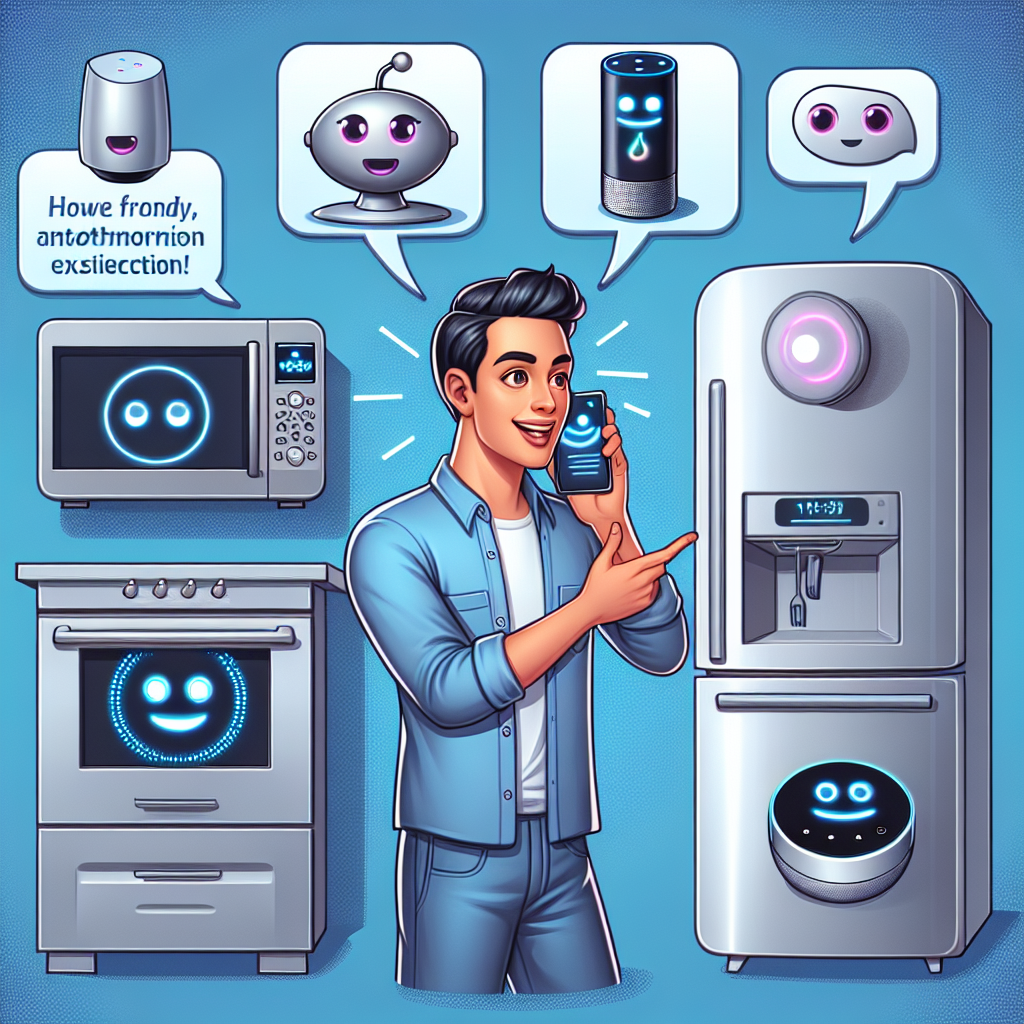The SaaS landscape is undergoing a revolutionary transformation, and artificial intelligence is the driving force behind it. Gone are the days when AI was just a buzzword or a luxury that only enterprise-level companies could afford. Today, AI has become a necessity for SaaS businesses of all sizes looking to stay competitive and relevant.
As someone running a SaaS business or planning to launch one, you might be wondering: “Is my business AI-ready?” If this question keeps you up at night, you’re not alone. The rapid advancement of AI technologies has created both opportunities and challenges for SaaS entrepreneurs and small businesses.
Recent data shows that AI-powered SaaS platforms are enabling organizations to move faster, work smarter, and make more informed decisions. In fact, SaaS companies are now leveraging machine learning to analyze past data and predict future outcomes, allowing for smarter and faster decision-making processes.
The truth is, embracing AI isn’t just about staying trendy—it’s about survival and growth in an increasingly competitive marketplace. But don’t worry! This article will walk you through five game-changing AI SaaS creation platform strategies that you simply can’t afford to ignore.
The Power of Low-Code AI SaaS Creation Platforms
One of the most significant developments in the AI SaaS space is the emergence of low-code platforms that democratize application development. These AI SaaS creation platforms are breaking down barriers by allowing both technical and non-technical users to build sophisticated AI applications without extensive coding knowledge.
Imagine being able to create a custom AI solution tailored to your specific business needs without hiring an expensive development team or spending months learning to code. That’s the power of low-code AI SaaS creation platforms!
These platforms typically offer drag-and-drop interfaces, pre-built templates, and intuitive design tools that make it easy for anyone to create functional and visually appealing AI applications. Whether you’re a solo entrepreneur with a brilliant idea or a small business looking to optimize operations, low-code platforms provide the tools you need to turn your vision into reality.
What makes these platforms particularly valuable is their ability to facilitate rapid prototyping and iteration. In the fast-paced world of SaaS, being able to quickly test and refine your ideas can give you a significant competitive advantage. Low-code AI SaaS creation platforms enable you to go from concept to working prototype in a fraction of the time it would take using traditional development methods.
For example, a small marketing agency could use a low-code platform to create a custom AI-powered content analytics tool that helps them optimize client campaigns. Instead of spending months developing from scratch, they could have a functional solution up and running in weeks or even days!
The democratization of AI application development through low-code platforms isn’t just convenient—it’s revolutionary. It’s opening up new possibilities for innovation and growth across industries, allowing businesses of all sizes to harness the power of AI.
Boosting Productivity with Intelligent Collaboration Tools and AI Digital Workers
In today’s fast-paced business environment, productivity is everything. That’s where intelligent collaboration tools and customizable AI digital workers come into play, offering unprecedented opportunities to streamline operations and enhance team performance.
Intelligent collaboration tools powered by AI go beyond simple task management. They analyze work patterns, suggest process improvements, and facilitate seamless communication across teams and departments. These tools can identify bottlenecks in your workflows, recommend optimal task distributions, and even predict potential issues before they arise.
“The integration of AI into collaborative tools has transformed how our team works,” says Jamie Chen, founder of a growing SaaS startup. “What used to take us hours of meetings and back-and-forth emails now happens automatically in the background while we focus on creative problem-solving.”
But perhaps even more exciting is the rise of customizable AI digital workers. These aren’t just simple bots that follow pre-programmed instructions. Modern AI digital workers can:
- Learn from interactions and improve over time
- Adapt to your specific business processes and requirements
- Handle complex tasks that previously required human intervention
- Work 24/7 without breaks, vacations, or burnout
The beauty of these AI digital workers is their customizability. You can create digital team members tailored to your specific industry needs, whether that’s customer support, content creation, data analysis, or sales outreach.
For example, a small e-commerce SaaS business might deploy an AI digital worker to handle customer inquiries, process returns, and identify upselling opportunities—all while maintaining a consistent brand voice and delivering personalized experiences.
The cost savings and efficiency gains can be substantial. Studies show that businesses implementing AI digital workers often see 30-40% reductions in operational costs along with significant improvements in accuracy and consistency.
By leveraging intelligent collaboration tools and customizable AI digital workers, you’re not just automating tasks—you’re fundamentally transforming how work gets done in your organization.
Expanding Services with Personal Use AI Products
The next frontier for SaaS businesses lies in developing and offering personal use AI products that cater to individual users’ needs. These products represent a significant opportunity to expand your service offerings and create new revenue streams.
Personal use AI products are designed to solve specific problems or enhance productivity for individual users. They can range from AI-powered personal assistants and productivity tools to specialized analytics applications that help users make better decisions in their personal or professional lives.
What makes these products particularly valuable is their ability to learn from user interactions and become increasingly personalized over time. Unlike traditional software that offers the same experience to all users, personal use AI products adapt to individual preferences, habits, and needs.
Here are some examples of personal use AI products that are gaining traction:
- AI writing assistants that help users create better content based on their unique writing style
- Personal finance AI tools that provide customized financial advice based on spending patterns
- Health and wellness AI applications that offer personalized fitness and nutrition recommendations
- AI-powered learning platforms that adapt to individual learning styles and paces
By incorporating these types of offerings into your SaaS business, you can create deeper, more meaningful relationships with your users while opening up new monetization opportunities.
“We saw a 45% increase in user engagement after introducing personalized AI features,” notes Sam Rodriguez, CEO of a productivity SaaS platform. “Users who utilize our AI personal assistant spend significantly more time in the app and are 3x more likely to upgrade to premium plans.”
The key to success with personal use AI products is focusing on genuine user value rather than novelty. The most successful offerings solve real problems in ways that weren’t possible before AI, creating experiences that users quickly come to rely on in their daily lives.
Creating New Revenue Streams by Sharing and Selling AI Products
One of the most exciting opportunities in the AI SaaS space is the ability to create new revenue streams by sharing and selling AI products through specialized marketplaces. This approach allows SaaS businesses to monetize their AI innovations beyond their core user base.
AI marketplaces function similarly to app stores, providing a platform where developers can list their AI products and tools for others to purchase. These marketplaces are growing rapidly as demand for AI solutions continues to surge across industries.
For SaaS businesses, this presents several compelling advantages:
- Additional Revenue: Generate income beyond your subscription model by selling specialized AI tools or components
- Expanded Reach: Connect with new potential customers who might discover your brand through your marketplace offerings
- Community Building: Establish your company as an innovation leader in your niche
- Feedback Loop: Gain valuable insights from how others use your AI products, informing your core product development
“Our decision to list some of our AI modules on a marketplace generated an unexpected 22% revenue increase within the first quarter,” shares Alex Patel, founder of a data analytics SaaS company. “But more importantly, it connected us with enterprise clients who eventually adopted our full platform.”
The beauty of this approach is its scalability. Once you’ve developed an AI product or component, the marginal cost of selling it to additional users is minimal. This creates an opportunity for nearly unlimited revenue growth without proportional increases in costs.
To succeed in AI marketplaces, focus on creating specialized tools that solve specific problems with exceptional effectiveness. Highly specialized solutions often command premium prices and face less competition than more general offerings.
Many successful SaaS businesses are now allocating dedicated resources to developing “marketplace-first” AI products alongside their core offerings, recognizing the tremendous growth potential in this emerging channel.
Enhancing Customer Engagement with AI Agent Technology
In today’s competitive SaaS landscape, customer engagement isn’t just nice to have—it’s essential for retention and growth. AI agent technology represents one of the most powerful tools available for transforming how your business interacts with customers.
Unlike traditional chatbots that follow rigid scripts, modern AI agents can understand context, recognize sentiment, and engage in natural conversations that genuinely help users. They’re constantly learning from each interaction, becoming more effective over time.
The most compelling aspect of AI agent technology is its ability to provide consistent, high-quality support 24/7. This means your customers never have to wait for assistance, regardless of time zone or business hours—a capability that’s particularly valuable for SaaS businesses with global user bases.
“After implementing advanced AI agents, we saw our customer satisfaction scores increase by 37% while simultaneously reducing our support costs by 42%,” reports Maria Johnson, COO of a growing B2B SaaS platform. “Our agents handle over 80% of inquiries without human intervention, and customers often comment that they can’t tell they’re not talking to a person.”
Beyond basic support functions, AI agents can proactively engage users by:
- Offering personalized onboarding experiences tailored to user roles and objectives
- Providing contextual tips and recommendations as users navigate your platform
- Identifying and addressing potential issues before users report them
- Gathering feedback and insights through natural conversations
The continuous learning capability of these agents means they become more valuable assets over time. Each interaction improves their knowledge base and response capabilities, creating a virtuous cycle of improvement.
Implementing AI agent technology doesn’t have to be complex or expensive. Many AI SaaS creation platforms now offer tools that make it straightforward to develop, deploy, and manage sophisticated AI agents without specialized expertise.
Streamlining Operations with Workflow Automation
The final game-changing strategy for AI-ready SaaS businesses is comprehensive workflow automation. While automation isn’t new, AI-powered workflow automation represents a quantum leap in capability and impact.
Traditional automation follows rigid, pre-programmed rules. AI workflow automation, by contrast, can handle exceptions, make judgment calls, and continuously optimize processes based on outcomes and changing conditions.
The benefits for SaaS businesses are substantial:
- Cost Reduction: Automated workflows dramatically reduce labor costs associated with routine tasks
- Error Elimination: AI-driven processes maintain consistent quality without human error
- Scalability: Automated systems can handle growing workloads without proportional increases in resources
- Speed: Processes that once took days can often be completed in minutes or seconds
- Employee Satisfaction: Team members can focus on creative and strategic work instead of repetitive tasks
What makes modern workflow automation particularly powerful is its accessibility. User-friendly AI tools now allow non-technical team members to create sophisticated automated workflows without coding or specialized training.
“We started small, automating just our customer onboarding process,” explains Jordan Lee, founder of a financial services SaaS startup. “The results were so impressive that we’ve now automated 70% of our operational processes. Our team of 12 now accomplishes what used to require over 30 people, and with better results.”
The key to successful workflow automation is starting with well-defined processes that have clear inputs and outputs. Once those are running smoothly, you can gradually expand to more complex workflows that require judgment and decision-making.
Many forward-thinking SaaS businesses are now working toward fully autonomous workflows that require no human intervention from start to finish. These end-to-end automated processes represent the ultimate competitive advantage in terms of efficiency and scalability.
Embracing the AI-Powered Future of SaaS
As we’ve explored throughout this article, the integration of AI into SaaS businesses isn’t just a trend—it’s a fundamental shift that’s reshaping the industry. From low-code development platforms to intelligent digital workers, personal AI products, marketplace opportunities, advanced AI agents, and comprehensive workflow automation, the potential for innovation and growth is extraordinary.
At Zygote.AI, we believe in democratizing AI capabilities so that everyone—regardless of technical background—can harness these powerful technologies. Our mission aligns perfectly with the strategies we’ve discussed: empowering individuals and teams to create intelligent, efficient AI applications without coding skills.
The future belongs to SaaS businesses that embrace these changes and build AI capabilities into the core of their operations and offerings. Those who hesitate risk being left behind as more agile, AI-native competitors reshape customer expectations and industry standards.
The good news is that getting started with AI doesn’t require massive investments or specialized teams. Modern AI SaaS creation platforms make it possible to begin small, with focused applications that deliver immediate value, and then scale as you gain experience and confidence.
The question isn’t whether your SaaS business should become AI-ready—it’s how quickly you can make the transition and start reaping the benefits of these game-changing strategies.
The future of work is intelligent, automated, and accessible to all. Is your SaaS business ready?









